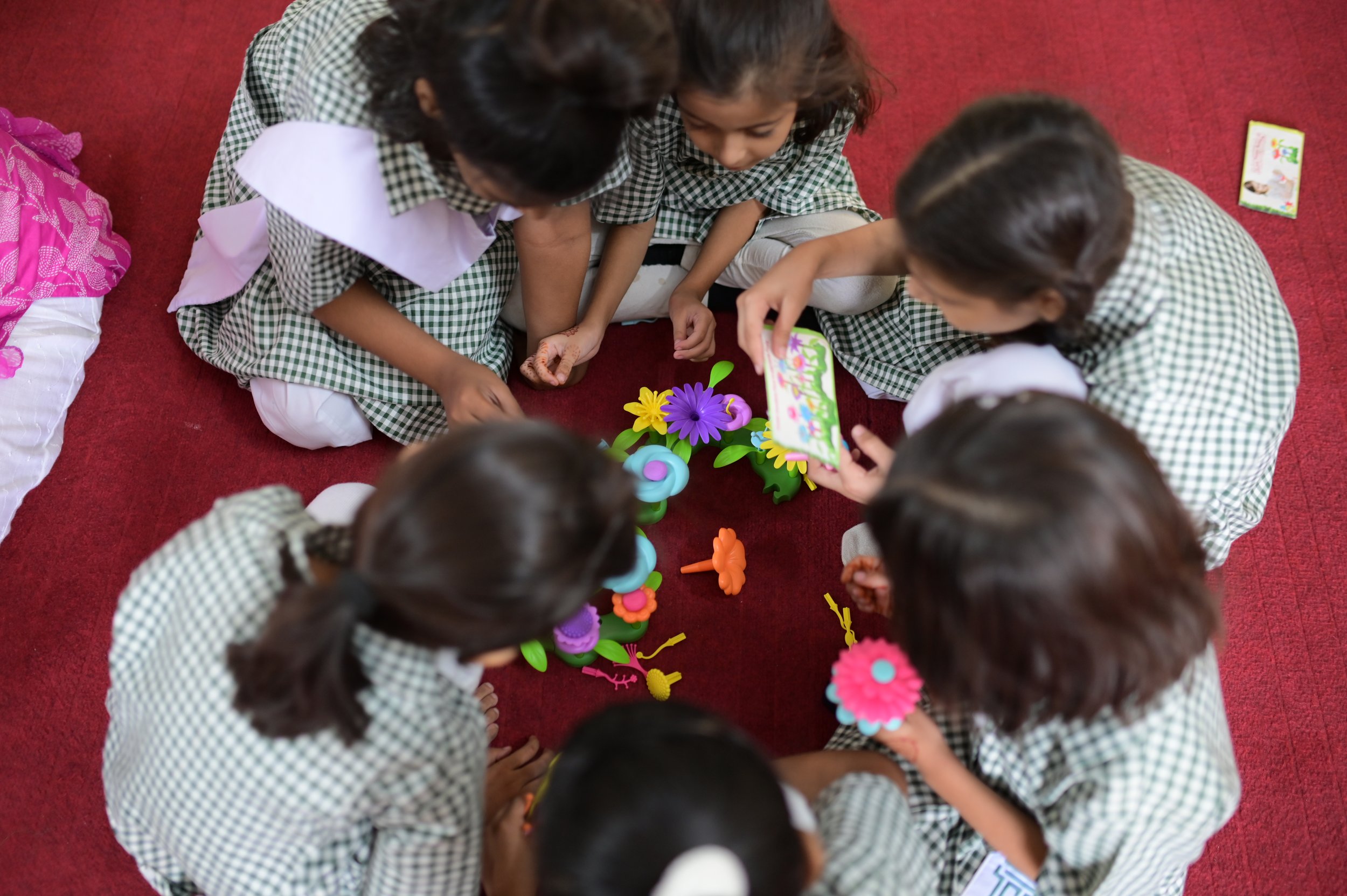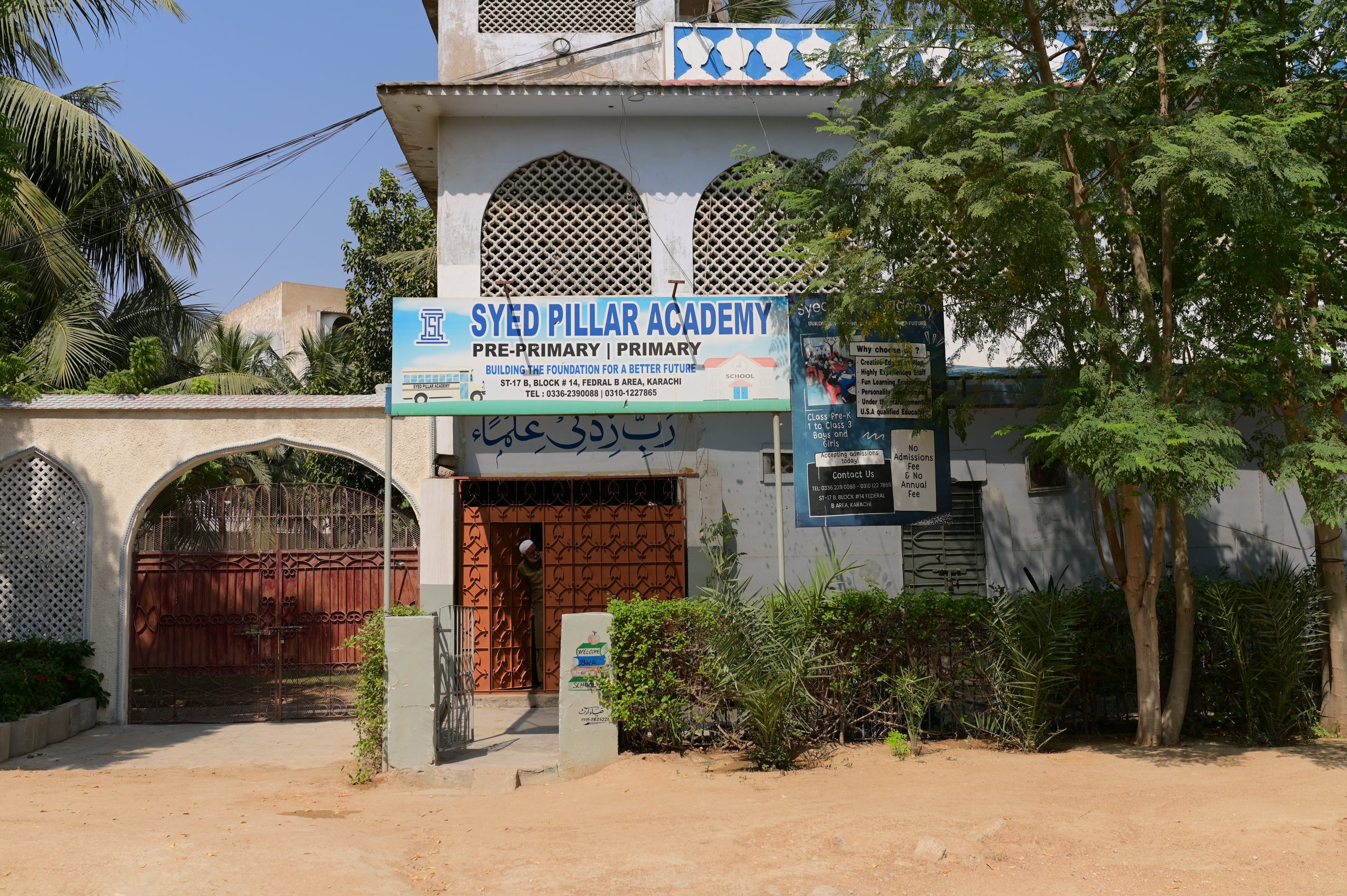From Vision to Reality: Our First School
The path to creating a school in underserved communities is one marked by challenges and resilience. For The Syed Pillar Foundation, the experience of building their first school has been a learning process filled with both struggles and triumphs. Through their work, they have provided an essential platform for education and societal improvement. Here’s a look into the journey of SPF, as they navigated the complexities of building their first school.
Overcoming Initial Challenges
The greatest obstacle in building SPF’s first school came from securing the right infrastructure. Establishing a safe and functional environment for students was not easy. The team had to balance various priorities: ensuring proper sanitation, creating adequate classroom space, finding a building within budget, and situating it near accessible roads and markets. They also had to give preference to residential areas, which posed another layer of difficulty.
These were not simple hurdles to overcome, but the dedication and perseverance of the SPF team made it possible. They found that with time, hard work, and an honest commitment to the cause, these challenges could be managed effectively. Each challenge was a reminder of why they started the school in the first place—to create lasting change in the lives of children from underserved communities.
Crafting the Vision
The vision for SPF’s school didn’t emerge overnight; it was the result of years of experience in the educational field and a deep connection to the children in deserving communities. The founders believed in the transformative power of education—not only for individual students but for entire communities. Education is seen as a pathway to empowering youth, reducing crime, improving public health, and ultimately creating a more equitable society.
A key figure in developing this vision was Samina Anila, the founder of SPF. Her belief in providing a platform for underprivileged children to receive quality education became the cornerstone of the project. The team wanted to ensure that the school would serve as a beacon of hope for the entire community, bringing long-term societal change through education.
Unforeseen Challenges
One of the most surprising aspects of running the school was understanding the community on a deeper level. SPF quickly realized that to serve the children effectively, they had to be sensitive to the cultural, racial, and ethnic dynamics of the community. By focusing on culturally relevant programs and practices, they were able to create a sense of belonging for students and their families, fostering greater engagement with the school.
Language barriers also emerged as an unexpected challenge. Many of the families in the community were not fluent in the common language, which made communication between the school and parents, as well as teaching students, more complex. Overcoming these barriers required patience, adaptability, and the implementation of strategies to ensure that all students and parents could understand and participate fully.
Navigating Collaboration and Community Engagement
Building the school required collaboration with a wide range of people, from teachers and parents to architects and contractors. However, working in low-income areas presented unique challenges. The community was initially skeptical about the school’s sustainability and the intentions behind its creation. Building trust with parents and community leaders became a significant focus, and the team had to invest time and effort to foster these relationships.
Engaging parents, many of whom worked long hours, required creativity. The school needed to be flexible to ensure that parents could participate in their children’s education, despite their demanding schedules. Similarly, finding teachers who were passionate about working for a cause, rather than for financial gain, was another challenge. The team needed to seek out educators who shared their vision and commitment to making a difference.










